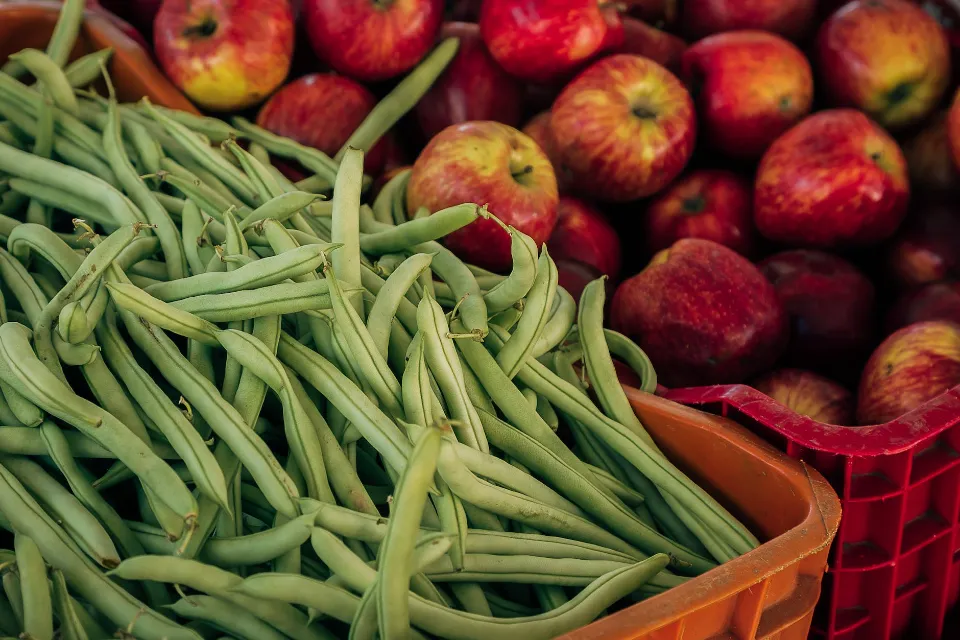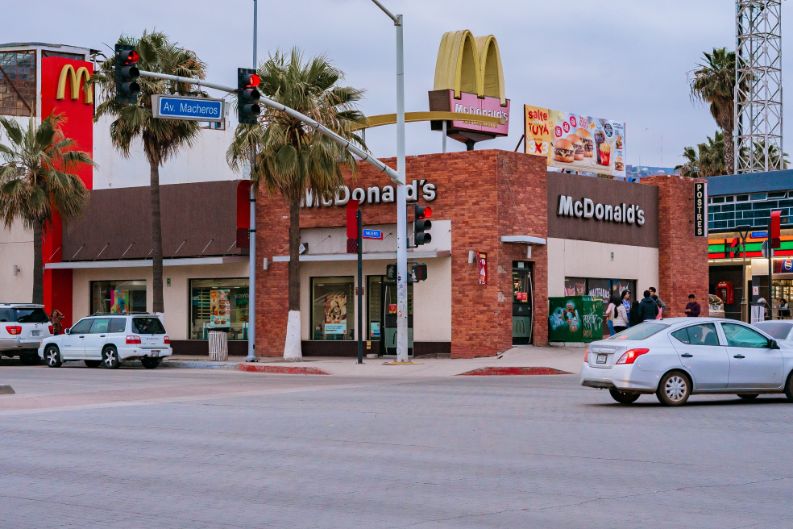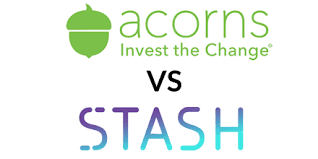Learn all about the various categories of green beans in this article, along with their numerous health advantages.
One of the most consumed foods and one of the most widely accessible, green beans are consumed worldwide. The idea of eating green beans may not appeal to many of you, but it’s actually quite nourishing.
Even though this food is well-liked all over the world, people are still unsure of how to categorize green beans. Are they fruits or vegetables? The green bean falls under the categories of both fruits and vegetables.
This article will clarify whether green beans are considered a fruit or a vegetable if you’ve ever wondered.
Are Green Beans Fruits Or Vegetables?
Green beans are technically fruits according to botany, but like tomatoes, this food is categorized as a vegetable.
The fact that botanists generally dislike using the term “vegetable” to categorize any plant species or its fruit is an interesting fact about the term. Instead, the phrase technically refers to a food that can be turned into a savory dish in the farming or retail sectors.
Pumpkins are a fruit, for instance. A piece of pumpkin pie is something that anyone could enjoy, but how about a bowl of pumpkin salad or soup? After all, it’s not so sweet. But its seeds are actually quite tasty!
Why is Green Bean a Fruit?
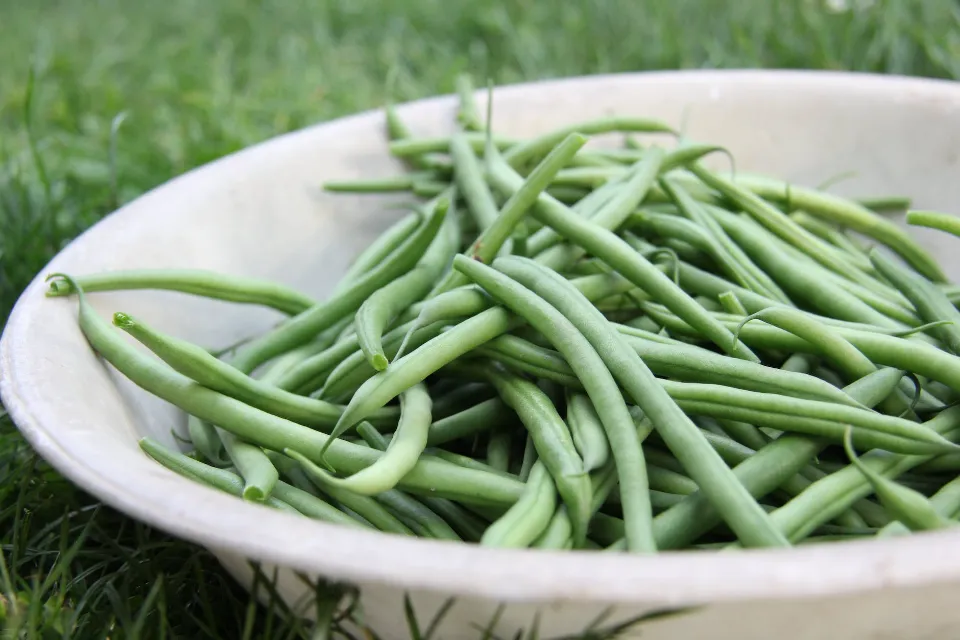
Due to the scientific definition of a fruit, green beans fall under this category. The green bean is a pod-like structure that has seeds inside of it, and fruits are plant parts that have seeds as well. The green bean pods will dry out and crack open when they are fully mature. It opens to reveal a fully developed bean seed.
If mother nature is given her way, the bean seed will fall to the ground as soon as the pod opens. At that point, it will begin to grow into a new green bean plant. The way seeds spread is through dried bean pods. And the natural spread of seeds is why it’s also classified as a “dry fruit.”
When still immature and with seeds in the pods, green beans are harvested for use in cooking. If beans are given the opportunity to dry out, they will be sold in bulk like other bean varieties. The majority of the time, however, green beans are harvested and canned for later consumption.
Why is Green Bean a Vegetable?
Any edible part of a plant is what is generally meant by the term “vegetable.” Fruits, roots, tubers, leaves, stems, and leaves are all examples of plant parts. The green bean is also a vegetable in this regard. The green bean is a starchy vegetable more specifically.
Even though botanists do not use the term “vegetable,” the rest of us non-scientists do. The word “vegetable” is used to refer to the culinary use of an edible plant part.
Plant components used in savory cuisine and recipes are referred to as vegetables. The term “vegetable” refers to green beans when they are served as a side dish with a steak or pork chop.
Green Bean Nutritional Content
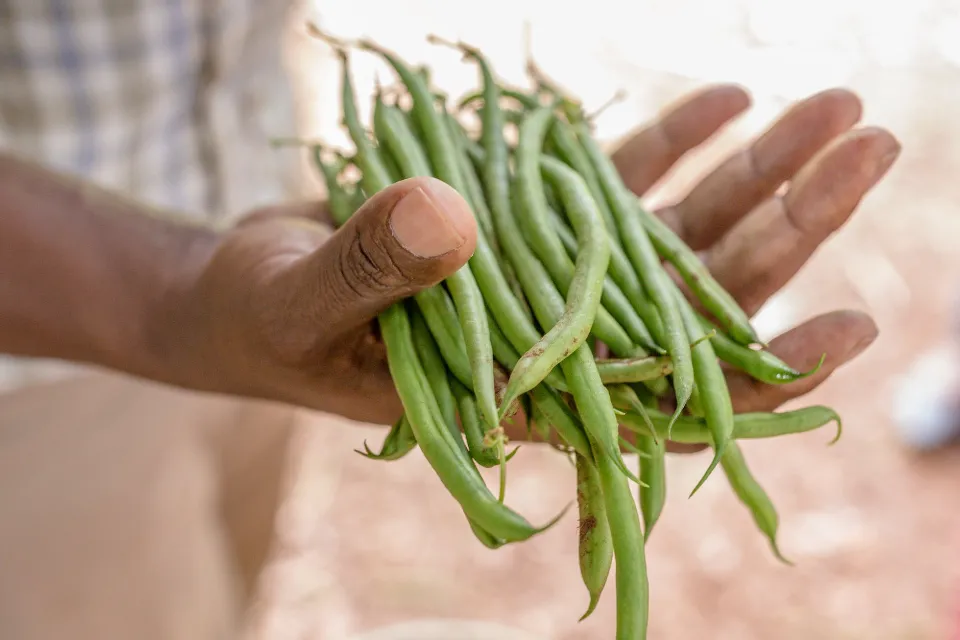
Green beans are very nutrient-dense in addition to being a tasty side dish or component of a green bean casserole. Minerals and vitamins abound in them.
Green beans have a whopping 12.2 mg of vitamin C per cup when they are raw. The amount of vitamin C in that is about 25% of the RDV, and vitamin C is a fantastic antioxidant. It strengthens your defenses against disease and promotes the growth of collagen for healthy skin.
But it goes further than that. 690 IU of vitamin A, or nearly 15% of the RDV, are present in the same cup of raw green beans. Retinoids from vitamin A are essential for healthy vision, reproduction, and an immune system that works well. Together with niacin and thiamin, green beans also include vitamins B6, E, and K.
Green beans are also a source of
- Calcium
- Iron
- Magnesium
- Manganese
- Phosphorous
- Potassium
- Zinc
Health Benefits of Green Beans
Green beans have a wealth of nutrients and are beneficial for your health in a number of ways.
Green Beans Protect Your Heart
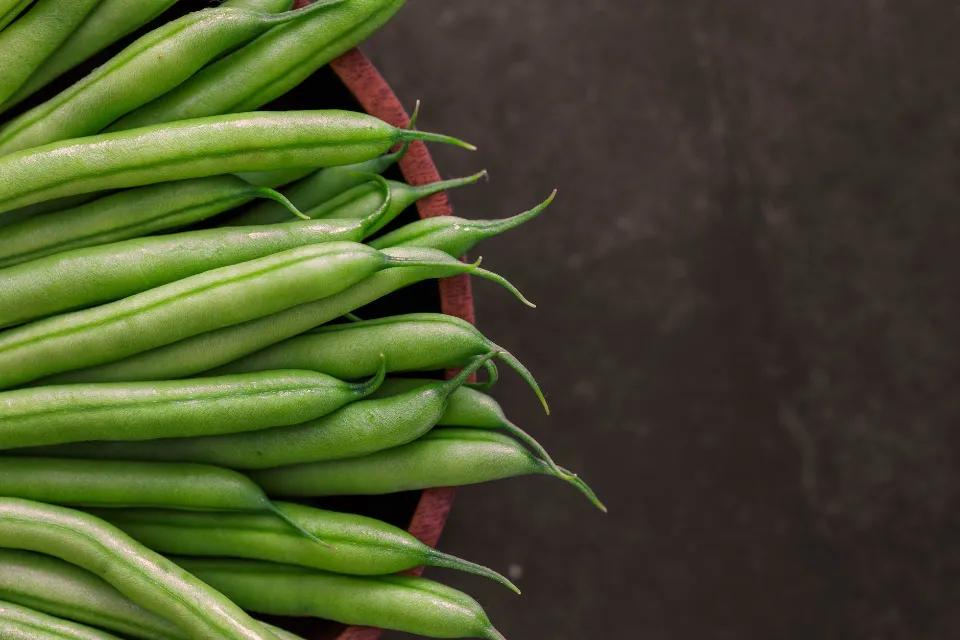
Cholesterol is absent from green beans. This implies that they won’t help your arteries accumulate fat. A cup of uncooked green beans contains about 2.7 grams of fiber. Green beans have 4g of fiber per cup when cooked.
A portion of this fiber will be soluble fiber, which reduces LDL, the bad cholesterol. Additionally, green beans have very little sodium and reduce inflammation and blood pressure.
Green Beans Aid Bone Health
Bone fractures have been associated with low vitamin K dietary intake. Calcium absorption is aided by vitamin K, which supports strong bones. About 14.4 mg of vitamin K, or about 20% of the RDV, can be found in a cup of green beans.
Green Beans Are Gentle on Digestion
Green beans can provide comfort if you suffer from a chronic digestive condition like irritable bowel syndrome (IBS) or acid reflux. Consuming them can also help with other gastrointestinal issues like constipation, diarrhea, gas, and pain.
You might not know how to consume those five portions of fruits and vegetables each day. The FODMAPs, or partially digested carbohydrates, in green beans, are low. The gut bacteria break down these carbohydrates.
Green Beans Aid in Cancer Prevention
High chlorophyll concentrations in green beans help to block the absorption of substances that cause cancer, such as heterocyclic amines and the hydrocarbons in tobacco smoke.
Together with heterocyclic amines and the hydrocarbons in tobacco smoke, they form molecules. As meat is grilled, heterocyclic amines develop. Both of these have the potential to be cancer-causing agents.
Final Words: Are Green Beans a Fruit Or Vegetable?
To wrap up, Green beans are fruits; but just like tomatoes, this food is categorized as a vegetable Although they fall squarely in the middle of the spectrum according to their botanical identity, they unquestionably have elements of both fruits and vegetables.
These nutrient powerhouses will always add zest (and flavor) to any dish, whether they are added to a savory stir-fry, served steamed alongside some fish fillets, or canned for long-term storage.
FAQs
Which Beans Are the Healthiest?
Try These 9 Healthy Beans & Legumes
- Chickpeas.
- Lentils.
- Peas
- kidney beans
- lima bean
- Soybeans
- Pinto beans
Do Other Legumes Share Similar Qualities With Green Beans?
Undoubtedly, other leguminous plants share the same fundamental ideas as the standard bean plant anatomy, which contains mature seeds in pods. Peas are very common in this area.

